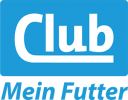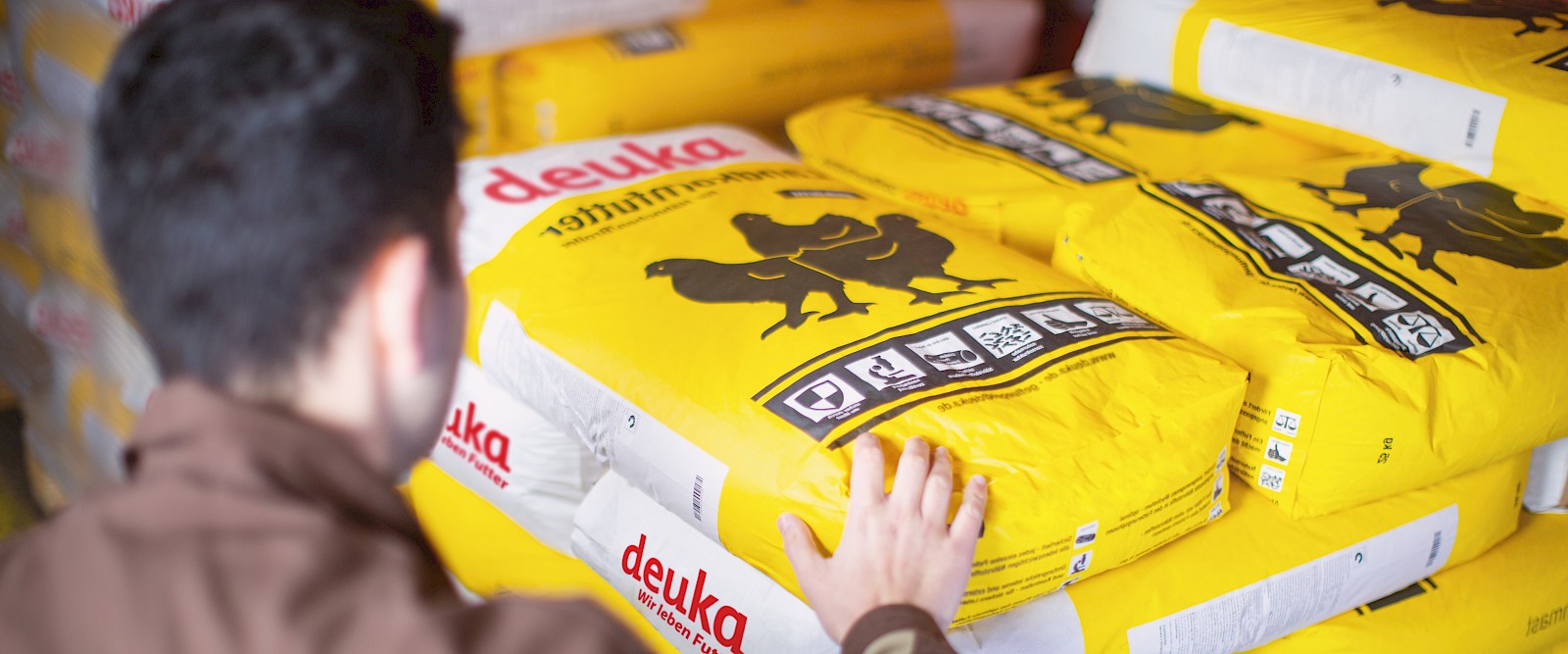Declaration information
Pet food consists of a variety of natural, agricultural raw materials and ingredients. If you want to know exactly what is contained in individual feeds, you can find the relevant information in the feed declaration. In addition, interested pet owners will find further feeding recommendations there. What must be shown in the "bag tag" - as the declaration is also called - and how the information is formulated is precisely prescribed by law.
What the information actually means:
-
- Here you will find a list of the ingredients that make up the feed in total. The ingredient with the highest share in the feed is at the front. The other ingredients follow in the order according to their share.
- Only the targeted composition of precisely coordinated ingredients provides a balanced recipe that promotes your pet's vitality and meets its nutritional needs. It's a bit like cooking. High-quality ingredients, a well thought-out recipe and an experienced cook make good food.
- Example: A poultry feed contains a large proportion of energy-providing grains such as wheat and maize. For the necessary protein supply, these are supplemented by high-quality and protein-rich soybean meal. The addition of further ingredients finally rounds off the recipe according to the needs of the poultry.
-
- Here you will find important nutrients in the feed with names and content.
- The most important nutrients, each made up of all feed components, are:
- Crudeprotein: This is the total content of high-quality protein.
- Crudefat: This is the total content of valuable fats and oils.
- Crudefibre: This is the total content of fibre structures that support digestion.
- Crudeash: This is the total content of vital minerals (especially calcium, phosphorus and sodium are important) and trace elements.
-
- Additives include, for example, vitamins A, D3 and E or various trace elements such as zinc or iron. All values given in the declaration refer to the added amount per kg of feed.
- Vitamins and trace elements also occur to a certain extent as natural contents in the components of the feed used. However, they can be subject to considerable fluctuations.
- For this reason, vitamins and trace elements are specifically added to the feed to ensure a constant supply. This is absolutely necessary to prevent a deficiency of these vital elements.
- The total content of vitamins and trace elements in a feed is the sum of the natural and added contents.
-
- Here you will find specific information on the use of the feed and what you should always bear in mind when feeding.
- You will also find corresponding information on the individual product pages on this website.
More specific information on components and nutrients can be found in our raw material and nutrient lexicon on this website.


